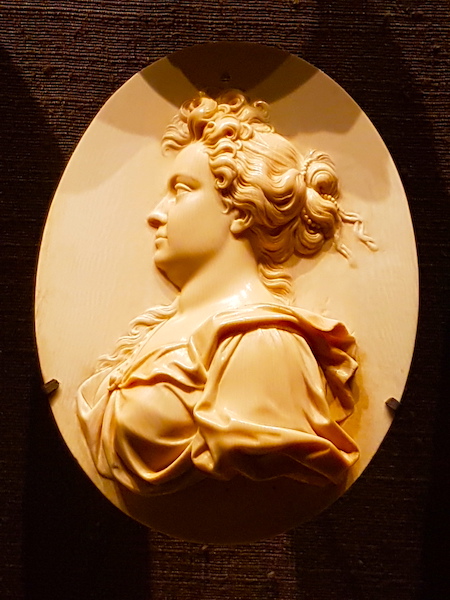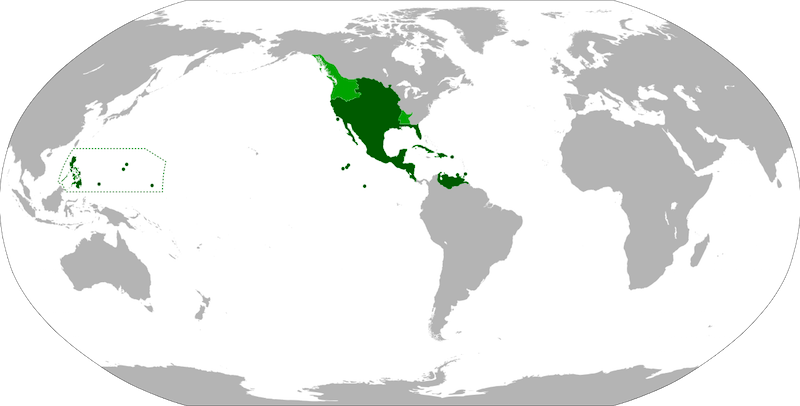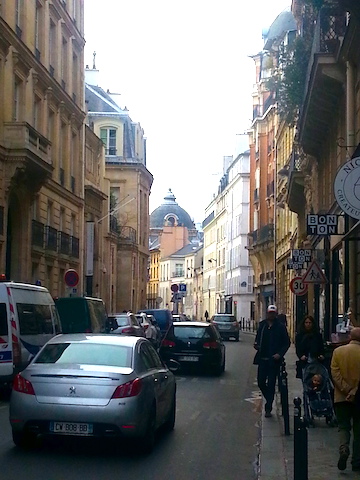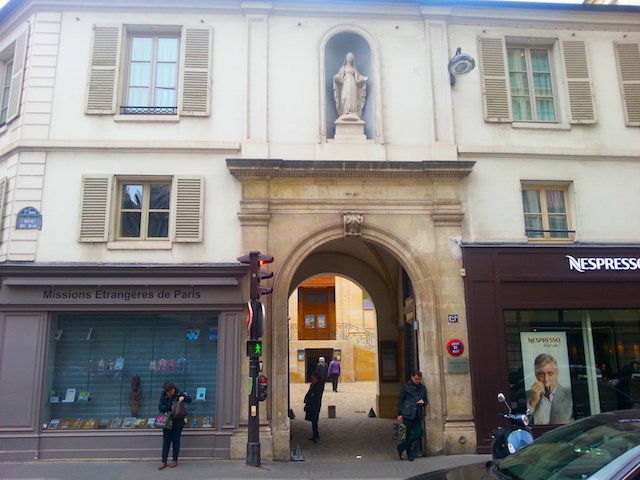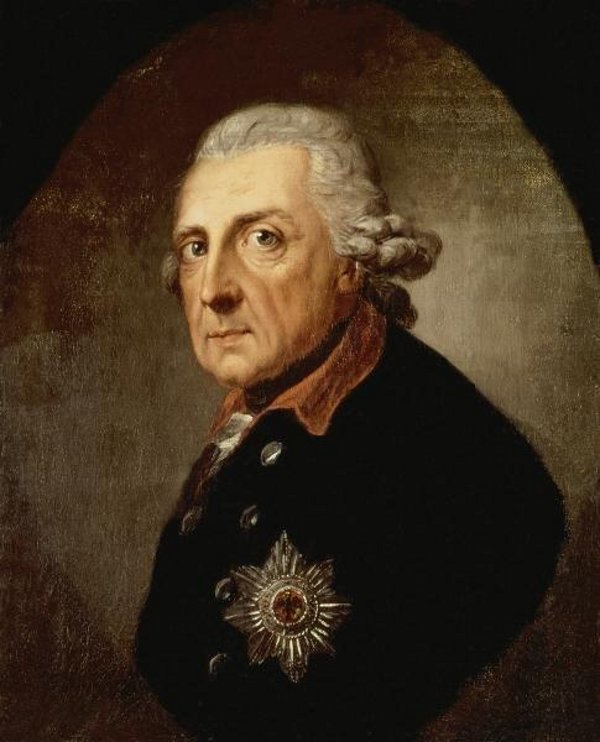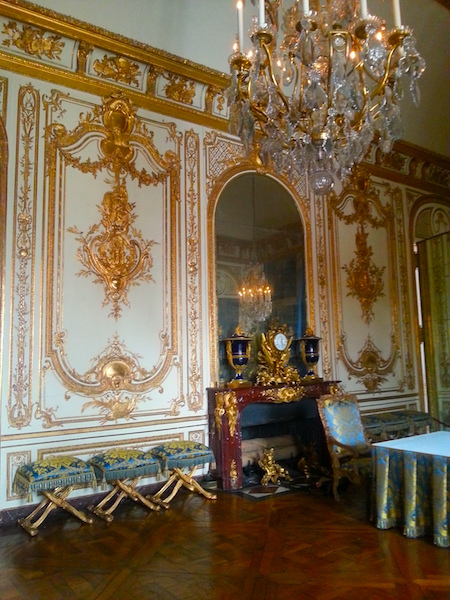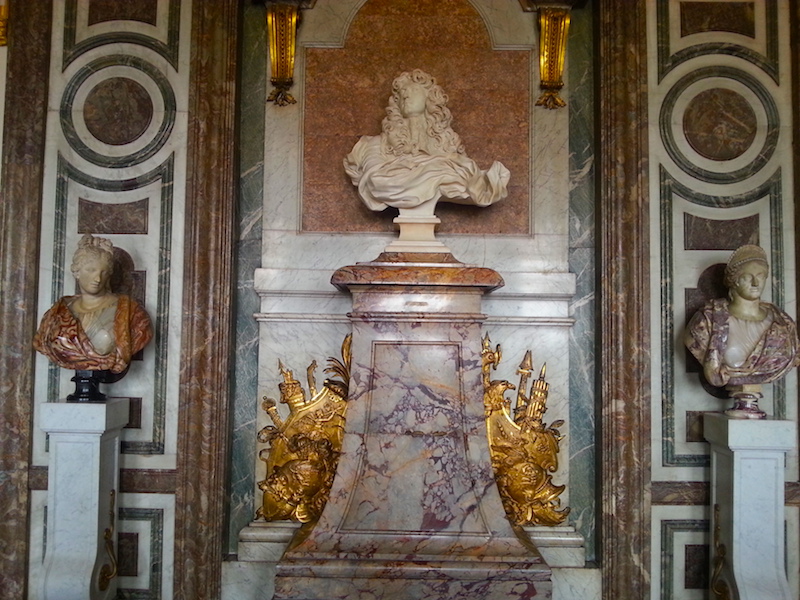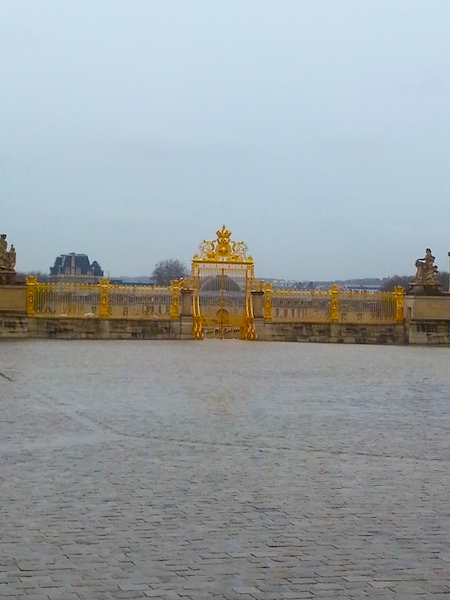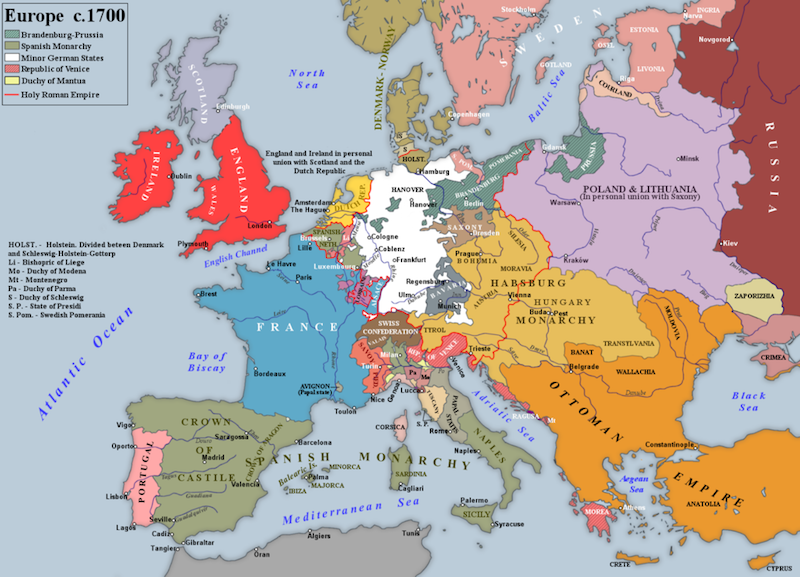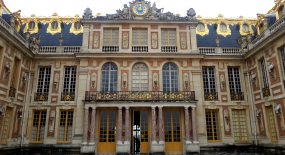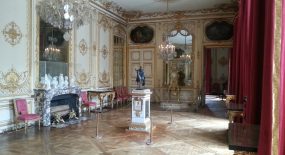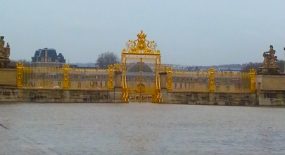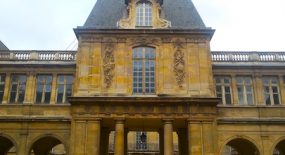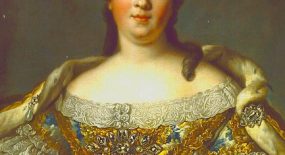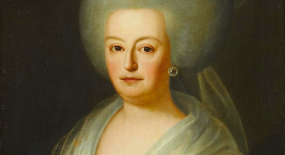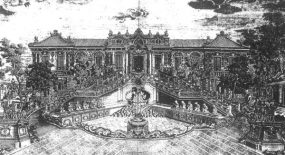It was on this day in 1830 that Louis-Philippe, Duc d’Orléans, took power in the wake of the so-called July Revolution that toppled his cousin, Charles X, who had abdicated in favour of his grandson. Charles had intended for Louis-Philippe to rule as regent for the little boy, but the latter had other ideas and raised no objection when the National Assembly offered to make him king in his own right. Departing from tradition, he proclaimed himself Louis-Philippe, King of the French, rather than Louis XIX (or XX, depending on your point of view), King of France.
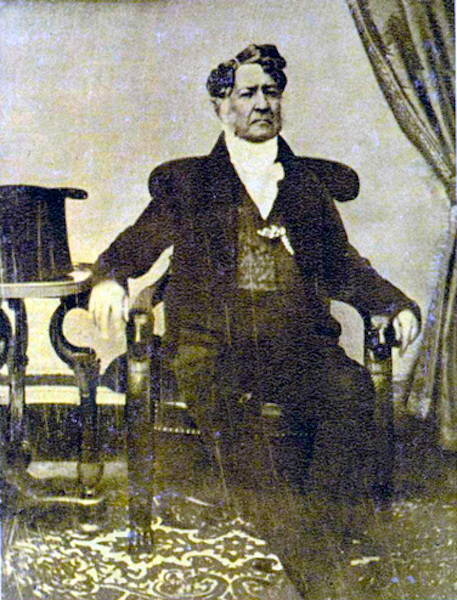
Louis-Philippe as photographed in 1842. Credit: By Lerebours et Claudet – page, image, Public Domain, https://commons.wikimedia.org/w/index.php?curid=8462011
Here at Versailles Century we take a dim view of this wily monarch, mainly because of his ham-handed interventions at Versailles. Three years into his reign, Louis-Philippe decided to undertake a partial restoration of the Château de Versailles and also to create a museum of French history in it. We’ve previously touched on one of his modifications, namely the eponymous staircase in the King’s private apartments.
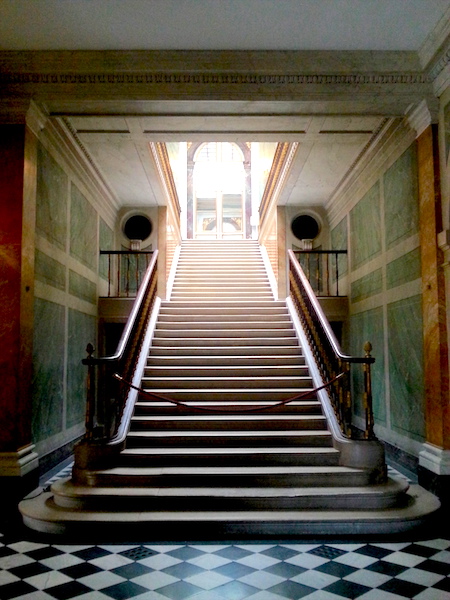
The Louis-Philippe Staircase in March, 2017.
I actually like this staircase, which brings some much-needed light into this part of the Château.







